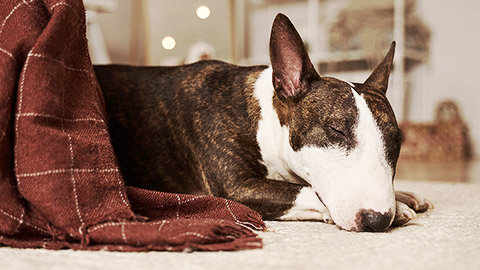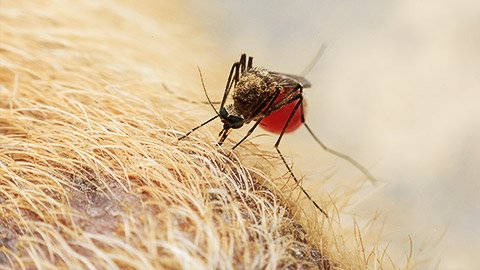The term mode of transmission refers to how a disease or infectious agent is spread from one person or animal to another.
There are four modes of transmission: direct contact, indirect contact, droplet spread, and Vector.
Transmission through direct contact occurs through skin-to-skin contact. This does not only mean human to human but animal to animal or animal to human as well. It can also be transmitted by direct contact with saliva, blood, urine, mucus, faeces, or other bodily fluids of an infected animal.
Transmission can occur between animal and animal, animal and human as well as human to human.
For example:
Fluffy the Maltese terrier has ringworm. Fluffy comes into your workplace and you pick him up. Fluffy has lesions on his skin that directly touch your skin. Transmission is likely to occur.

Transmission through indirect contact occurs when an infected person spreads their illness to another person via an object. Both the infected person and another person must touch or come into contact with the same object.
This includes:
- Coming into contact with areas where the animal lives and/or roams
- Coming into contact with surfaces the animal has touched
- Coming into contact with toys the animal has played with
- Coming into contact with bowls the animal has eaten from
- Coming into contact with bedding the animal has slept on
Transmission can occur between animal and animal, animal and human as well as human to human.
For example:
Rufus the Staffordshire Bull Terrier is an infectious patient. Sarah is cleaning Rufus’s cage. She places his dirty bedding in the normal washing. Sam, who is not wearing gloves, then picks the bedding up to wash it. Sam has touched the same object that Rufus has. Transmission is likely to occur.

Transmission through droplet occurs when bacteria or viruses travel on respiratory droplets. These respiratory droplets are excreted from the body when people or animals sneeze, cough, drip, or exhale.
Transmission can occur between animal and animal, animal and human as well as human to human.
For example:
Felix the domestic short hair cat has come in for a check-up. Felix has cat flu but the owner and staff at the vet are unaware. Felix is in his carrier. His owner sits next to another client who also has a cat in a carrier. Felix sneezes. The other cat is close enough for respiratory droplets to land in his carrier. Transmission is likely to occur.

Transmission through vectors can only occur by one species infecting another. The vector carries the disease and infects another species. Transmission generally occurs when the vector bites another species.
Transmission can occur between animal and animal and animal and human.
For example:
A mosquito biting a dog can result in the dog becoming infected with heartworm.


